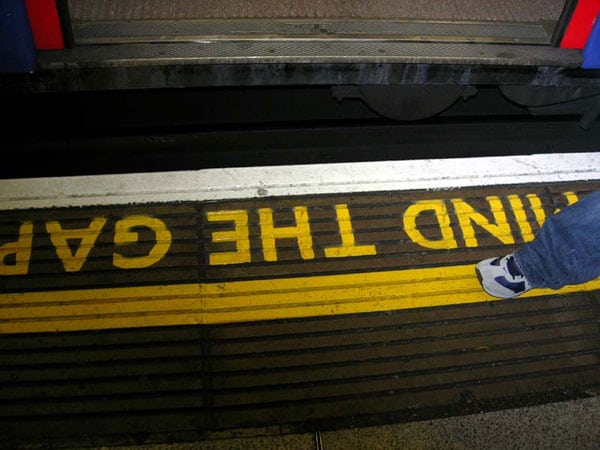
August 16, 2018; Washington Post
Average CEO pay among the top 350 US-based companies rose to $18.9 million in 2017, notes a report titled CEO Compensation Surged in 2017 published by the Economic Policy Institute—a labor-backed, Washington, DC-based think tank. CEO pay for 2017 is 17.6 percent higher than 2016. The average worker, by contrast, saw their wages rise by 0.3 percent more than inflation.
The report, authored by Larry Mishel and Jessica Schieder, also notes that this is a long-term trend. Since 1978, inflation-adjusted CEO compensation has risen by 979 percent (based on stock options granted) or 1,070 percent (based on stock options realized). By contrast, wages for workers have increased 11.2 percent over the same period.
“In other words: you are getting robbed. Fleeced. Mugged,” remarks journalist Paul Blest in Splinter.
Overall, in 2017, the average CEO earned 312 times as much as the average worker. By comparison, in 1978, the average CEO took home 29.7 times what the average worker earned. If you go back to 1965, the ratio of CEO-to-worker pay was 20 to one. In that year, the average salary of a CEO of a Fortune 500-scale firm was $902,000 in today’s dollars.
The current CEO-to-worker pay ratio of 312 to one isn’t the highest. That record was set in the year 2000, when it reached a peak of 344 to one. The other time the pay ratio was higher was in 2007, at 327 to one. But as Jeff Stein and Jena McGregor write in the Washington Post, Mishel points out that “the 2000 gap was fueled by a tech bubble that later burst, while the 2007 gap preceded the worst economic catastrophe in a half-century.” In other words, today’s high ratio could indicate the coming of another recession.
Sign up for our free newsletters
Subscribe to NPQ's newsletters to have our top stories delivered directly to your inbox.
By signing up, you agree to our privacy policy and terms of use, and to receive messages from NPQ and our partners.
One interesting comparison Mishel and Schieder make involves looking at the wage increases of top wage earners (who are pretty elite themselves, in the top 0.1 percent) versus those of CEOs. Top wage earners since 1978 have seen their wages rise 308 percent. Though this is still far less than CEO gains, Mishel and Schieder argue the gap between this elite group and CEOs is significant because it shows “CEO compensation growth does not simply reflect the increased value of highly paid professionals in a competitive race for skills…but rather the presence of substantial economic rents. CEO compensation appears to reflect not greater productivity of executives but the power of CEOs to extract concessions. Consequently, if CEOs earned less or were taxed more, there would be no adverse impact on output or employment.”
“Investors,” note Stein and McGregor, “often shrug off high CEO compensation. Shareholders have the opportunity to vote on the CEO’s pay package—something called ‘say on pay’—but the votes are nonbinding, and it is relatively rare for CEOs to see much fewer than 90 percent of investors approve their compensation.”
But, Stein and McGregor observe, elsewhere the gap in pay between CEOs and workers is less, suggestion that a lower gap in the US would be possible. Stein and McGregor, citing data from the Executive Remuneration Research Centre at Vlerick Business School in Belgium, note that the “CEO-worker pay ratio is about 94 to 1 in the United Kingdom, 91 to 1 in France, 71 to 1 in the Netherlands and 40 to 1 in Sweden.” Stronger unions are one major factor behind the lower pay gaps in those countries.
For their part, Mishel and Schieder suggest a few policy measures to reduce the gap in the US: higher marginal income tax rates at the very top, corporate tax rates that increase for firms with higher CEO-to-worker pay ratios, a cap on CEO compensation, and stronger “say on pay” rules.
In the absence of change, one can anticipate the corrosive impact of inequality on US society to continue. As British social epidemiologist Richard Wilkinson, coauthor with Kate Pickett of The Spirit Level: Why Greater Equality Makes Societies Stronger, observed years ago, because status competition in unequal societies leads to much higher overall stress levels, a wide range of social problems “are worse in societies with bigger income differences between rich and poor. These include physical and mental illness, violence, low math and literacy scores among young people, lower levels of trust and weaker community life, poorer child well-being, more drug abuse, lower social mobility and higher rates of imprisonment and teenage births…inequality does not harm the poor alone. The effects are so large because almost everyone is affected.”—Steve Dubb












